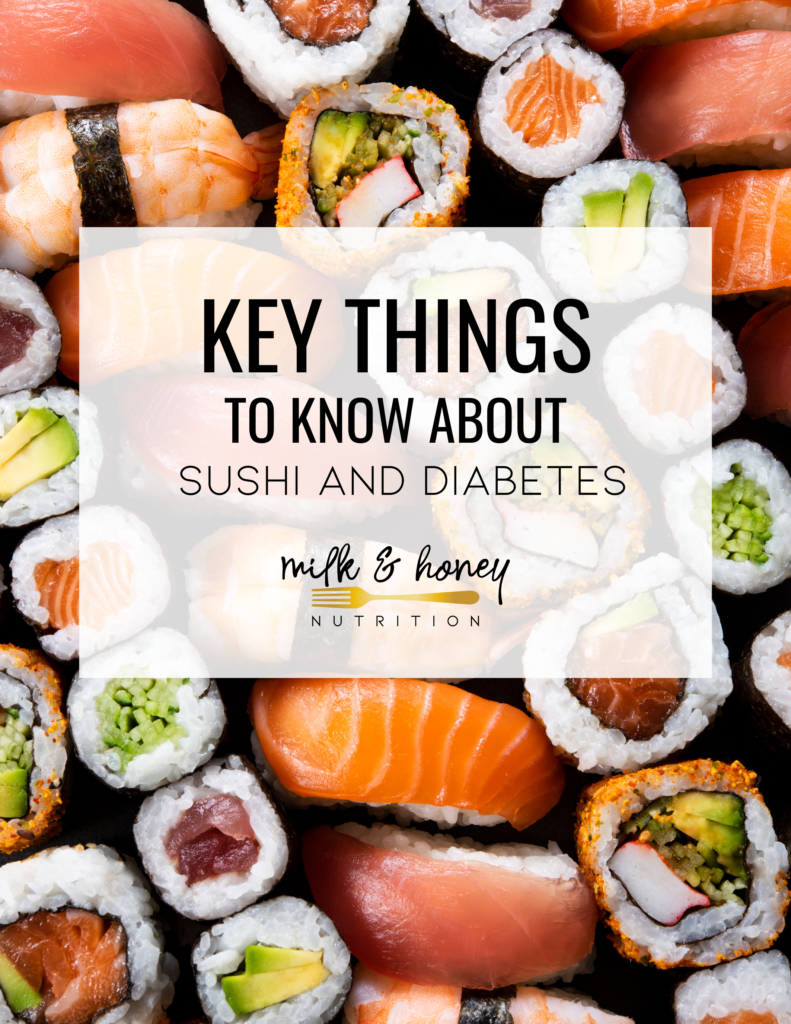
In this article, we’ll go over all things related to sushi and diabetes.
Sushi is not only delicious, but incredibly nutrient dense. Keep reading for everything you need to know about sushi and diabetes.
This article was written by Milk & Honey Nutrition intern, Ashley Kim. Learn more about Ashley here.
Can people with diabetes eat sushi?
In short, yes! Sushi can feel unapproachable because it’s high-carb. But you can still have sushi in a healthy way with diabetes!
Is sushi good for diabetes?
Many nutrient rich ingredients are used in sushi! To name a few:
- Fish
- Seaweed (nori)
- Ginger
- Avocado
- Cucumber
- Citrus
These foods are high in healthy fats, vitamins, and fiber!
How is sushi good for diabetes?
Healthy fats, like omega-3 and omega-6, are great for our heart. Luckily, sushi ingredients like salmon, tuna, seaweed, and avocado are full of heart-healthy fats!
Sushi also features veggies that are high fiber and have cancer fighting abilities! Foods like avocado, ginger, citrus, and seaweed are a few examples. Many fruits and veggies are high in antioxidants, which help prevent cancer.
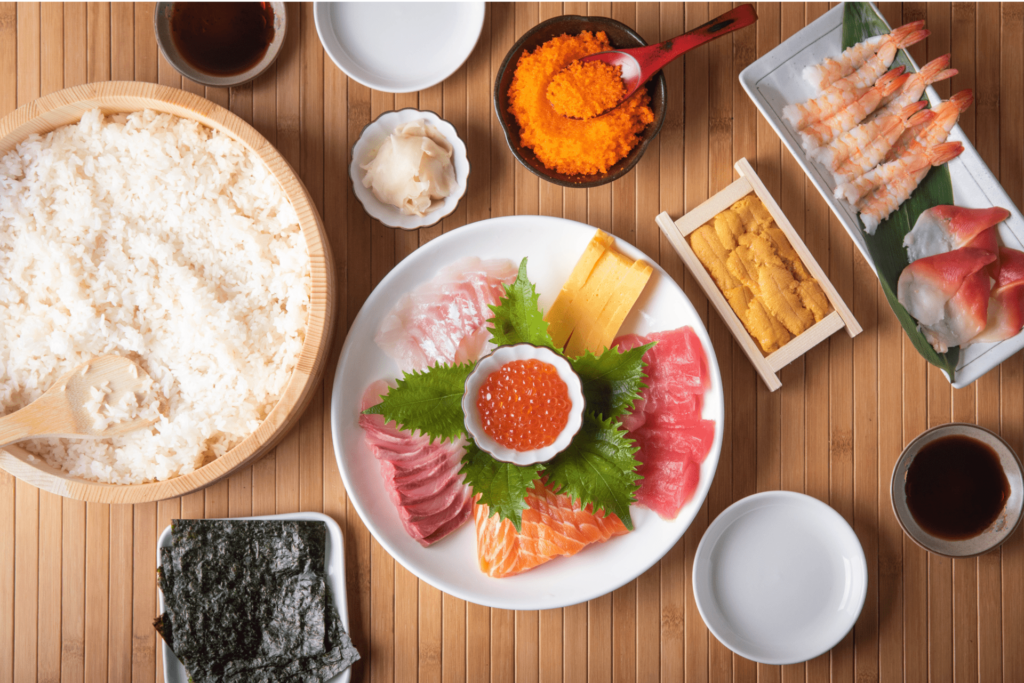
Is sushi bad for diabetes?
There is no such thing as “bad foods.” Even for people with diabetes. But, it’s important to know how much sushi you’re eating and what the ingredients are.
With diabetes, being aware of the amount of carbs in your food can help you manage your blood sugar better. It doesn’t mean there’s a limit to the amount or type of sushi you eat. Carb counting can help you match your insulin to the meal, so you can enjoy the sushi with less worry.
Is raw fish good for diabetes?
Raw fish can be a healthy addition to the diet. It’s high in omega-3 which makes it a heart-healthy protein option.
However, it should be consumed with caution. This is true for all people, not just for people with diabetes. Pregnant women, kids under 5, and older adults shouldn’t consume raw fish.
What is sushi grade?
Most sushi you get at restaurants uses fish that is safe to eat. They don’t want their customers to get sick! Even though some fish are labeled “sushi grade,” this label isn’t official.
There is a chance of getting foodborne illness from all raw fish, but some fish are more risky than others. That’s because fish that spend time in fresh water might have more parasites. It’s good to look for fish that live in deep, cold, saltwater.
Eat with caution:
- Salmon, wild
- Mackerel
- Squid
- Fluke
- Flounder
Instead, order these:
- Vegetarian sushi
- Cooked sushi
- Cooked shrimp
- Crab meat
- Cooked fish
- Imitation crab meat
- Raw saltwater fish
- Tuna
- Snapper
- Yellowtail
- Halibut
For more info, check out this article.
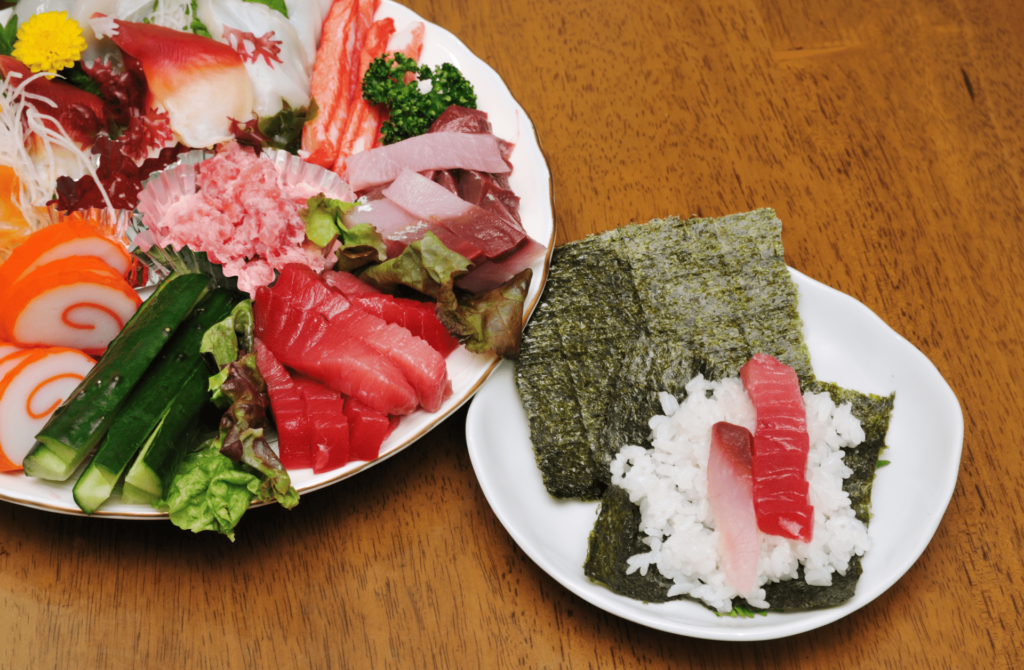
Sushi, carbs, and diabetes
Depending on what sushi you get, the amount of carbs will vary. Pay attention to what ingredients and sauces are used so you can accurately count your carbohydrates:
| Ingredient | Serving Size | Carb Count |
| Sushi Rice | 1 cup | 66 g |
| Eel sauce | 1 Tbsp | 7 g |
| Eel (Unagi) | 1 oz | 4 g |
| Teriyaki sauce | 1 Tbsp | 3 g |
| Tempura batter | 1 cup | 22 g |
| Tamago | 1 piece | 5 g |
| Pickled ginger | 15-20 pieces | 4 g |
| Imitation Crab Meat (Kani) | 5 sticks | 8 g |
Is rice bad for diabetes?
Rice isn’t bad for diabetes! That includes white rice. All foods should be eaten in moderation and can fit into your diet. As mentioned above, other sushi ingredients like fish and veggies help add protein and fiber. However, it’s easy to mis-count your carbohydrates if you don’t know how much is in a roll.
The rice alone in a standard sushi roll has 30-50 grams of carbs. This number can go up depending on the fillings.
What is sushi rice?
Sushi rice is made with short-grain white rice and seasoned with rice vinegar, sugar, and salt. Its flavor pairs well with the raw fish and the stickiness helps it all stay together.
Is sushi rice high in sugar?
Yes, sushi rice can be high in sugar. Sushi rice can have up to 1 tablespoon of sugar (13 g CHO) in one roll.
But let’s zoom out and look at the whole meal: sushi rice isn’t the only ingredient! Many rolls use foods with high fiber and protein to balance out the carbs. For example, an Alaska roll combines high-fiber avocado and protein-rich salmon into one deliciously balanced roll!
Types of sushi
Maki: A sushi roll with the nori wrapped around the outside of the rice.
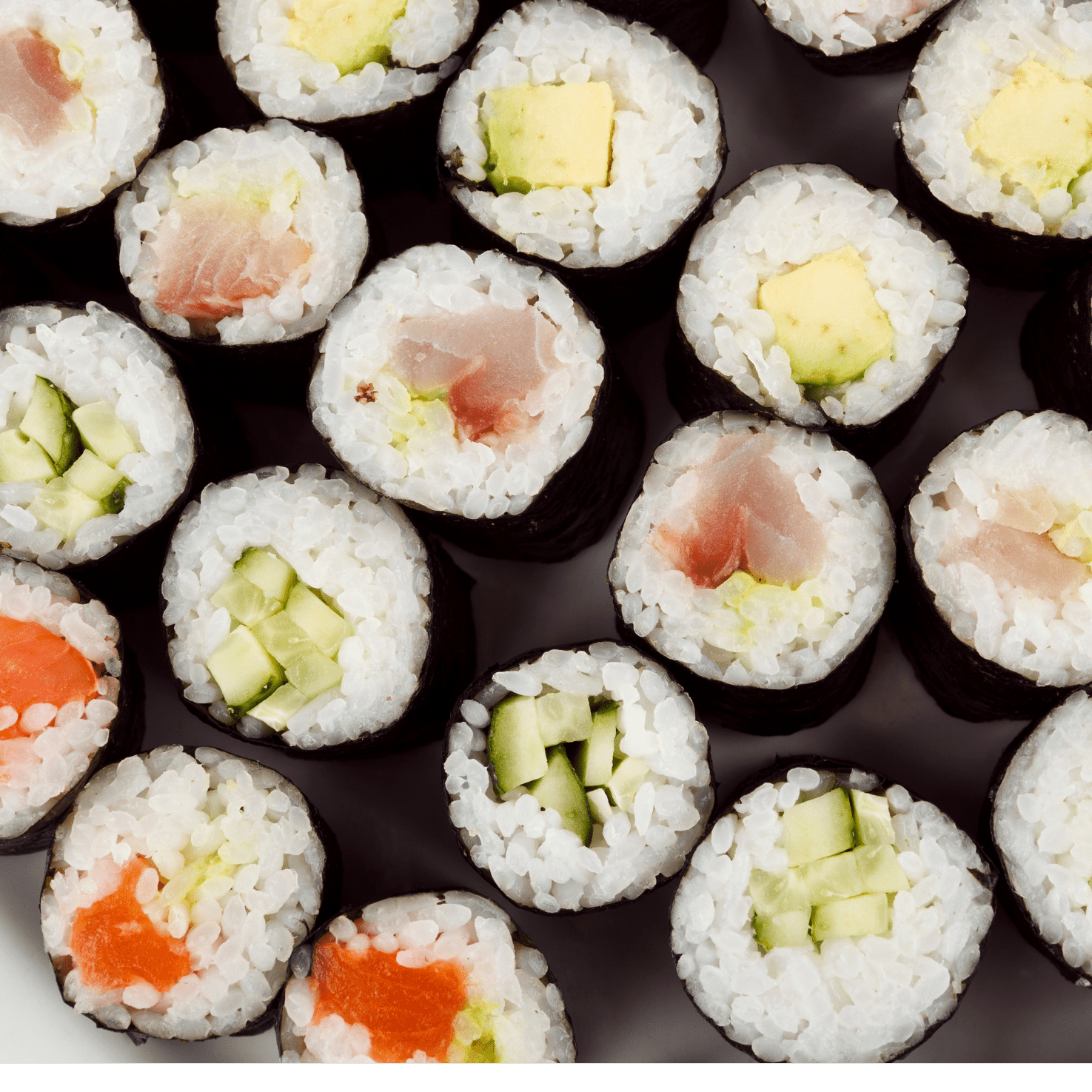
Uramaki: An “inside out” sushi roll with the rice on the outside.
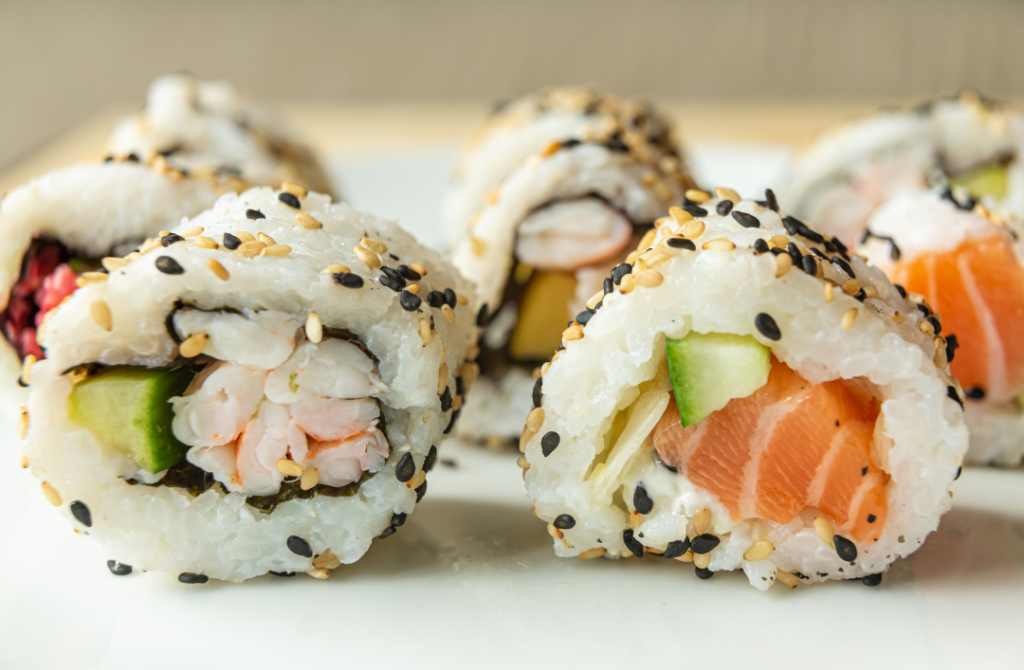
Temaki: A hand roll in the shape of a cone or cylinder filled with rice and other ingredients.
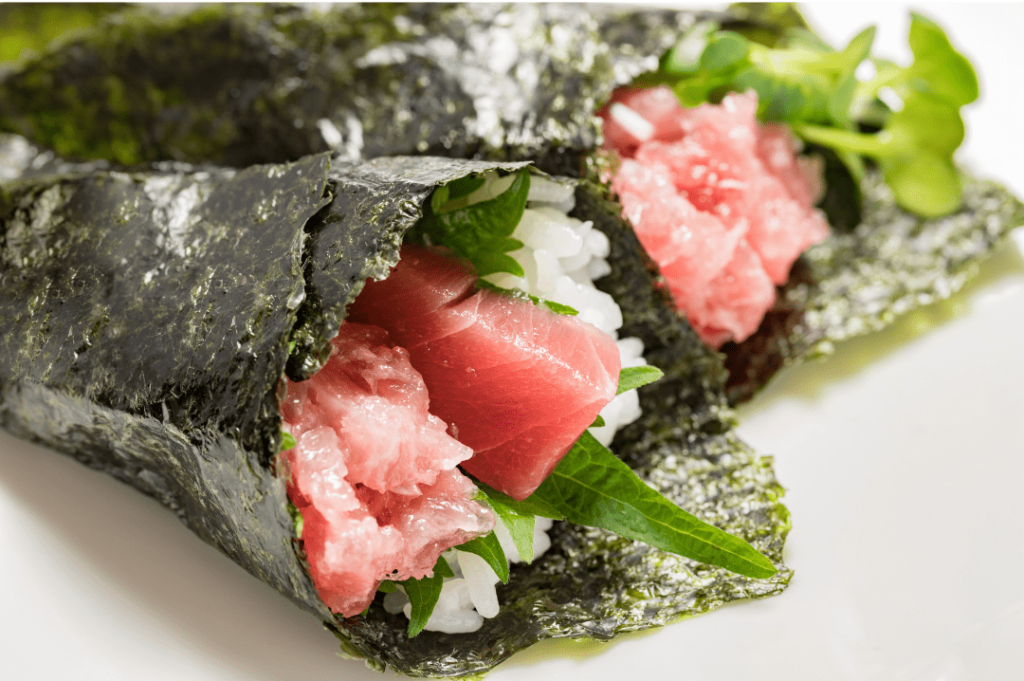
Nigiri: A piece of raw fish or protein pressed on top of a small bed of rice.
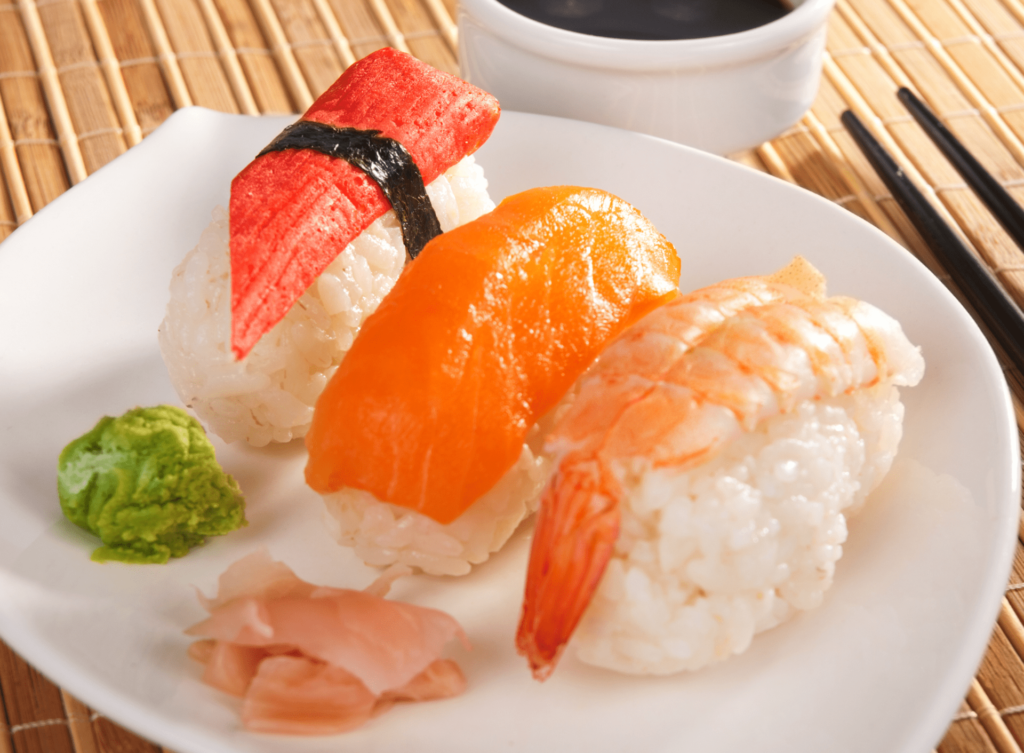
Sashimi: Technically not sushi (sushi always has rice). Raw fish or protein served without rice.
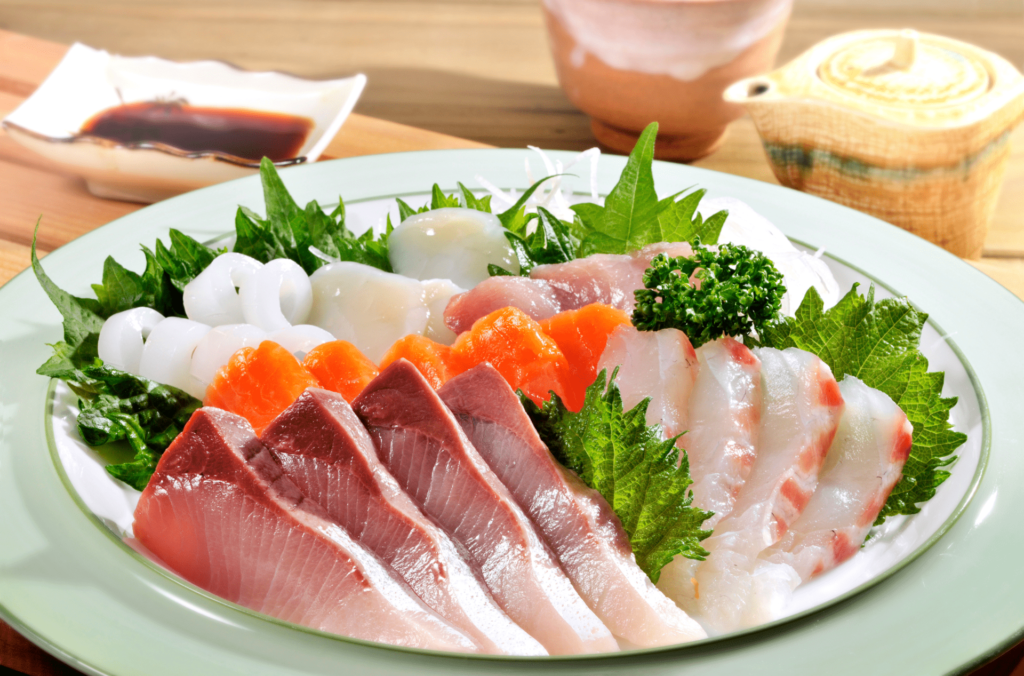
Naruto: A style of roll that uses thinly sliced cucumber in place of nori or rice.
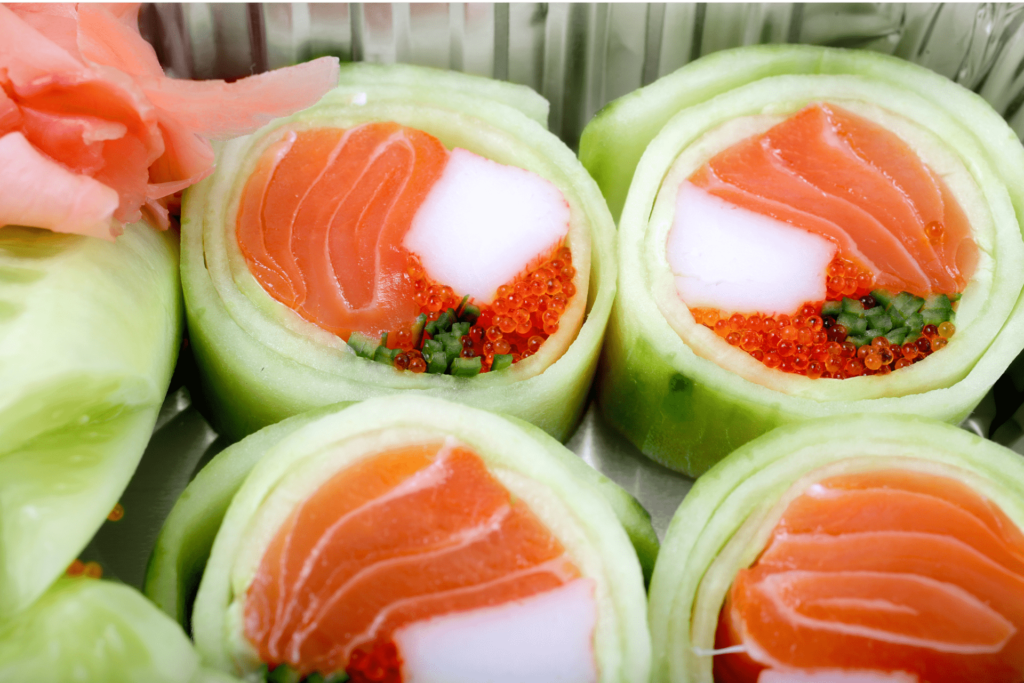
Is sushi low glycemic?
The glycemic index can help figure out how fast a food raises blood sugar. But it’s not a perfect tool. The glycemic index score won’t be 100% correct unless you’re eating plain sushi rice without any other ingredients. The good news is that sushi usually uses low glycemic ingredients that helps balance the meal.
Sushi rice is a type of short-grain rice that is high glycemic, plus it’s mixed with sugar. While there are studies out there that show that cooling rice can help lower this number, sushi rice is not brought to a low enough temperature for this to work.
Does sushi spike blood sugar?
Again, it depends. Even though sushi rice is high glycemic, it’s usually not eaten alone. Sushi uses many different ingredients. So the type of sushi you eat can affect how fast your blood sugar rises.
Sushi and type 2 diabetes
Whether or not you take insulin, sushi can be enjoyed in a balanced way if you have type 2 diabetes.
- Start the meal with lower carb appetizers like miso soup, edamame, salad, or grilled fish
- Opt for rolls with high fiber ingredients like avocado, asparagus, or cucumber
- Choose rolls with a good ratio of carbs to protein, like a rainbow roll
- Ask for sauces on the side to help portion control.
What can a person with diabetes eat at a Japanese restaurant?
While you can order whatever you’d like at a Japanese restaurant, here are some of my go-to diabetes friendly choices:
- Miso soup
- Grilled Shishito Peppers
- Sashimi
- Salmon avocado roll
- Crudo (raw fish topped with sauce and garnished)
- Grilled yellowtail collar (Hamachi Kama)
- Naruto rolls (no rice rolls)*
*Make sure to ask for sauces on the side
Curious about eating out with diabetes? Check out this post about diabetes friendly fast food options for more information!
Common Japanese and sushi ingredients*
| Ingredient | Carb Count** | Appearance | How is it served? |
| Eel sauce | 1 tbsp = 7 g | Brown, glossy, thick | Brushed on top of eel (unagi); drizzled on top or inside of rolls |
| Kani (imitation crab meat) | 5 sticks = 8 g | Red, white; shredded or sticks | Shredded, mixed with mayonnaise; As sashimi or nigiri |
| Miso | 1 cup = 7 g | Tan, cloudy | Soup in a small bowl with tofu, seaweed, green onions |
| Nori | 1 full sheet = 1 g | Black with green tint, dry, rectangular sheets | Served as maki, uramaki, or wrapped around nigiri |
| Panko (Tempura) | ¼ cup = 11 g | Light tan, textured, crumbly | Used to bread and then fry shrimp, fish, tofu; fried pieces used to add texture to sushi |
| Pickled ginger (drained) | 15-20 pieces = 4 g | Pink or light yellow, thin slices | On the side of sushi or sashimi platter |
| Sashimi | Depends on top (usually <1g) | Depends on type | Served on a platter with garnishes |
| Shoyu (plain soy sauce) | 1 Tbsp = 1 g | Brown, thin | Provided at the table in a bottle with a red (regular) or green cap (low sodium) |
| Tobiko/Masago (types of fish roe) | 1 Tbsp = 3 g | Small round balls; color varies | Served on the outside or inside of rolls |
| Tamago | 1 piece = 5 g | Yellow, rectangular | As sashimi or nigiri |
| Wakame | 2 Tbsp = 1 g | Black with green tint, moist, ripped into pieces | Seasoned with vinegar; added to soups |
| Wasabi | 1 tsp = 2 g | Light green paste | On the side of sushi or sashimi platter |
*While these ingredients on their own may not seem high in carbohydrates, they tend to add up very quickly so it is important to be mindful
**These are estimates
How to enjoy diabetes friendly sushi at home
Get creative and make your own sushi spread at home with your favorite ingredients! Gather whatever fish, protein, vegetables, and sauces you like and serve it on a platter. Don’t forget the seaweed squares and sushi rice!
The best part of this method is the freedom. You can choose the type and amount of ingredients you know will be more blood sugar friendly. The hardest part about eating sushi out is not knowing the exact amount of carbs. This is a fun way to get creative, while knowing exactly what you need to take insulin for!
Here are my suggestions to put together a delicious sushi platter:
- Avocado
- Sprouts (watercress, sunflower, alfalfa)
- Matchstick veggies (carrots, cucumbers, bell peppers, etc)
- Lemon slices
- Kani (Imitation Crab Meat)
- Raw fish
- Canned or cooked protein (salmon, tuna, shrimp, tofu)
- Masago
- Eel sauce
- Spicy mayo
- Soy sauce
- Pickled ginger
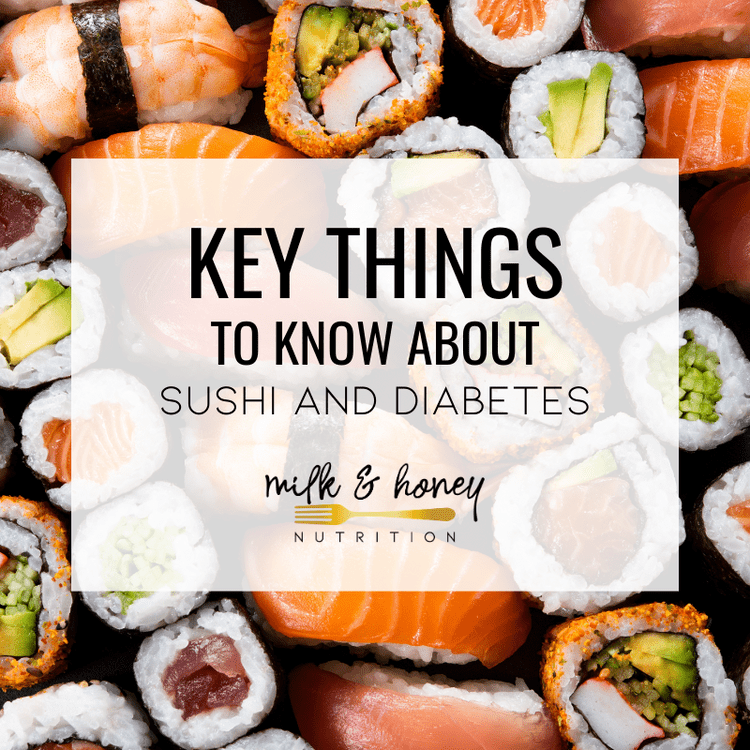



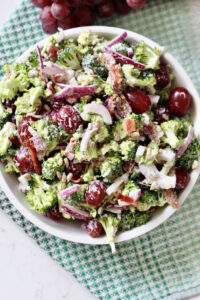

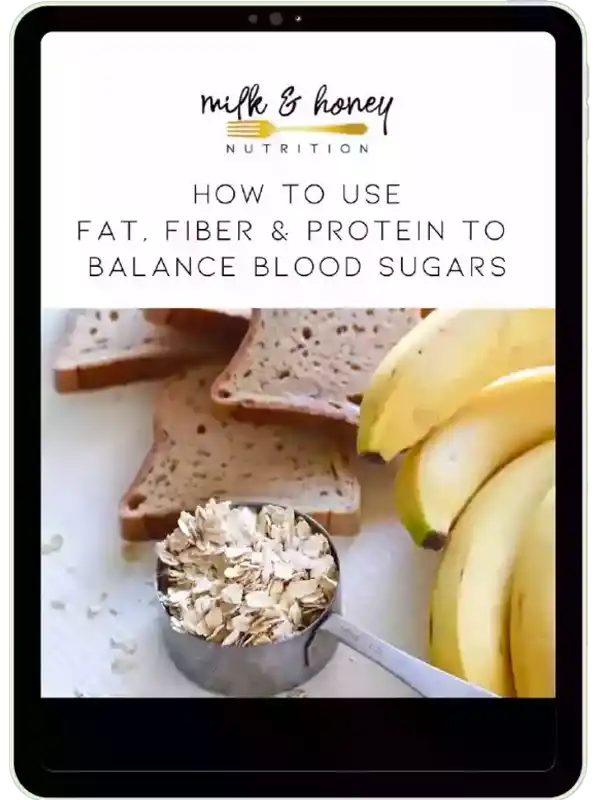
One Response
Thank you for sharing this insightful post. I found it to be engaging and informative. Keep up the excellent work.